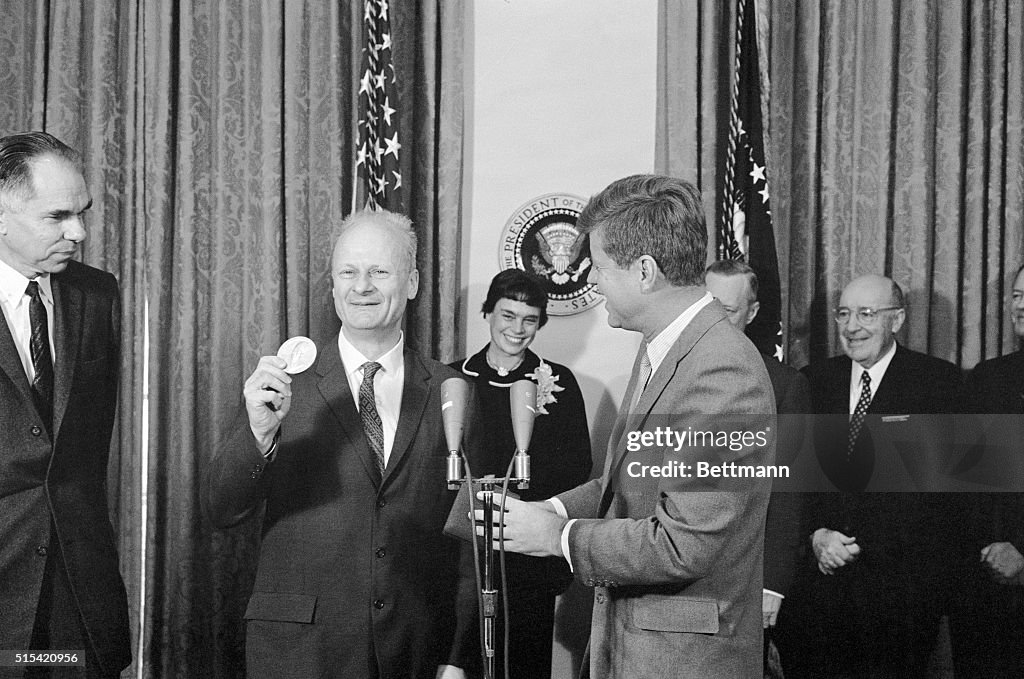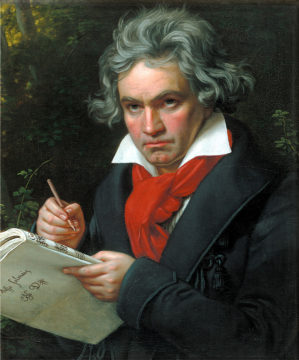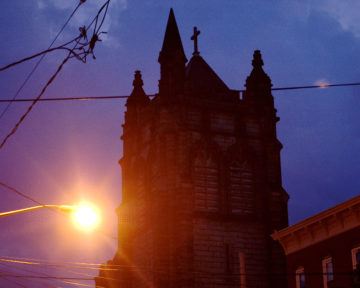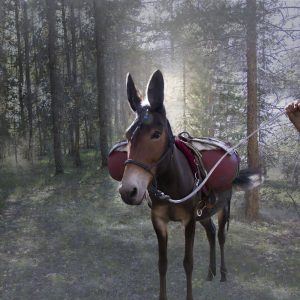“Loyalty to the country always, loyalty to the government when it deserves it.” –Mark Twain

Sometime in the past two weeks I found myself feeling patriotic in a way I don’t remember ever having felt before. I accounted for this feeling by invoking that old adage, “you don’t recognize what you have until you lose it.” The current federal administration has stolen my country from me. The America to which I pledged allegiance every morning in primary and secondary school, that America is being pillaged, plundered, and sold off for parts to greedy megalomaniacs and oligarchs.
Now that the nation is being destroyed, I realize that I’ve been bound to America my entire adult life. If I hadn’t felt those bonds before – except perhaps for a moment in the mid-1980s when I played “The Star Spangled Banner” for 25,000 bikers at Americade in Lake George, me alone on my trumpet, without the rest of the band – that’s because I’d taken the idea of America for granted. To invoke another cliché, just as the fish is oblivious to the water in which it swims, so I was not consciously aware of the freedom and dignity, of the liberty and justice for all, which made our national life possible.
I’d read our founding documents, The Declaration of Independence and The Constitution of the United States, decades ago. I knew about the Boston Tea Party, the midnight ride of Paul Revere, Washington at Valley Forge, all that and more, it was in my blood. And now…well, why don’t I just get on with it and tell my story. Read more »




 Where I live in Colorado there are unstable elements of the landscape that sometimes fail. In severe cases, millions of tons of rock, silt, sand, and mud can shift, leading to massive landslides. The signs aren’t always evident because the breakdown in the structural geology often happens quietly underground. The invisible changes can take hundreds or thousands of years, but when a landslide takes place, it is fast and violent. And the new landscape that comes after is unrecognizable.
Where I live in Colorado there are unstable elements of the landscape that sometimes fail. In severe cases, millions of tons of rock, silt, sand, and mud can shift, leading to massive landslides. The signs aren’t always evident because the breakdown in the structural geology often happens quietly underground. The invisible changes can take hundreds or thousands of years, but when a landslide takes place, it is fast and violent. And the new landscape that comes after is unrecognizable.
 On a whim I decided to visit the gently sloping hill where the universe announced itself in 1964, not with a bang but with ambient, annoying noise. It’s the static you saw when you turned on your TV, or at least used to back when analog TVs were a thing. But today there was no noise except for the occasional chirping of birds, the lone car driving off in the distance and a gentle breeze flowing through the trees. A recent trace of rain had brought verdant green colors to the grass. A deer darted into the undergrowth in the distance.
On a whim I decided to visit the gently sloping hill where the universe announced itself in 1964, not with a bang but with ambient, annoying noise. It’s the static you saw when you turned on your TV, or at least used to back when analog TVs were a thing. But today there was no noise except for the occasional chirping of birds, the lone car driving off in the distance and a gentle breeze flowing through the trees. A recent trace of rain had brought verdant green colors to the grass. A deer darted into the undergrowth in the distance.
